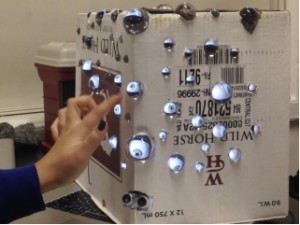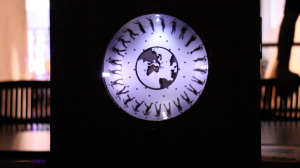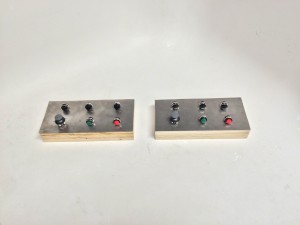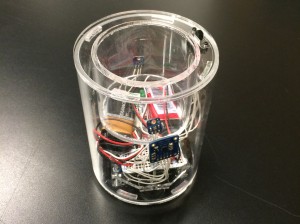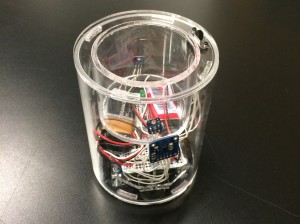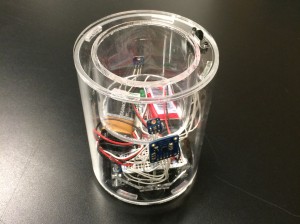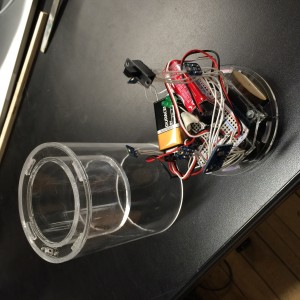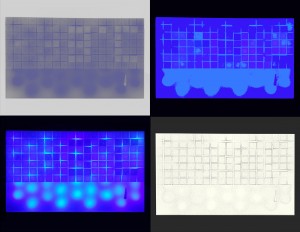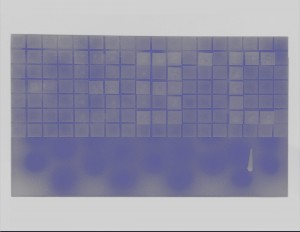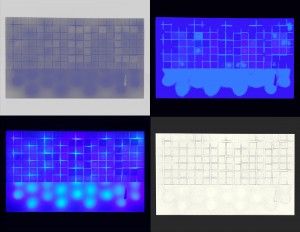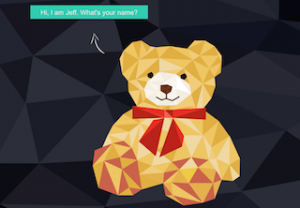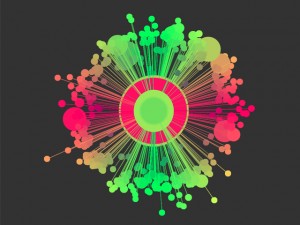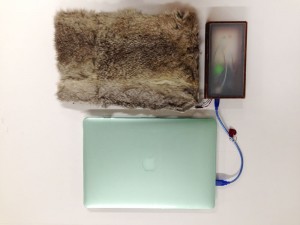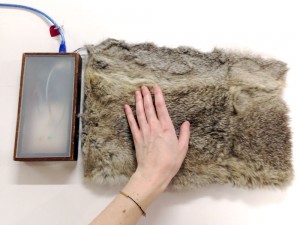Danara Sarioglu, Nikolaj Petersen
A feeling of being watched by a persistent panel of 300 passively curious eyes, that has your image in their pupil and will follow you if you get close.
http://nikolajpetersen.com/?p=219
Description
By equating the human eye (organic) with the digital equivalent (the camera, the ever lasting recording entity) this piece is as a comment on how people relate to todays multiple surveillance systems.
A continuing increasing amount of watching and recording entities are being put into more and more extensive systems. Systematic use of cameras in public spaces, telephone intercepts motivated no merely by suspicion, not to mention governments and corporations strong interest in all the data we leave behind when we are on the WEB, are all examples surveillance systems that are far more evolved and efficient that one can comprehend.
When parts of our lives and behaviors are moved to digital platforms, so are all the trails and memories that once were limited to human capabilities of remembrance. Now, cameras and data have (almost) ever lasting memory as well as working persistency.
So, how do we understand and relate to the abstract phenomenon of multiple watching entities in our everyday life? How does it affect the way we behave? Does it interfere with the way we are social? What do these systems look like, looking 10-20 years ahead, and what will be the implications then?
These are the questions we are trying to provoke.
To see a prototype in work, click the video at: http://nikolajpetersen.com/?p=219
Classes
Introduction to Physical Computing

